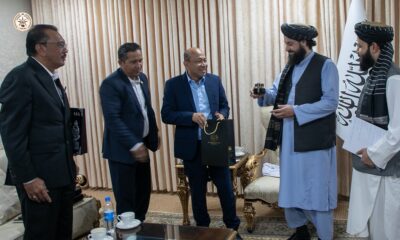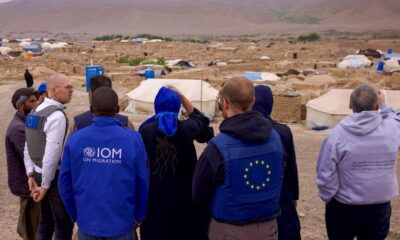Latest News
Report blames Trump’s Administration for 330% increase in civilian casualties
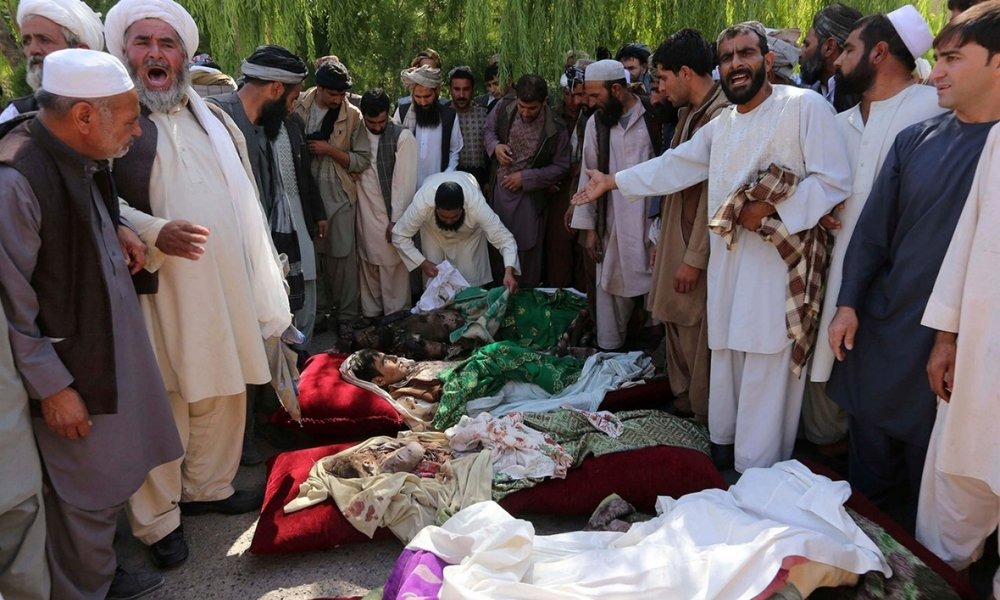
Outgoing President Donald Trump’s decision in 2017 to loosen military rules of engagement in Afghanistan that were meant to protect civilians was followed by a sharp increase in civilian deaths, a report released on Monday revealed.
The report by Brown University Watson Institute’s Costs of War Project, one of the premier authorities on civilian casualties in the 19-year-long war, found a 330 percent increase in the number of Afghan civilians killed by US-led airstrikes from 2016, the final year of the Barack Obama administration, to 2019.
Author of the report, Neta C. Crawford, said: “Some of this harm could be avoided by tighter rules of engagement, as well as better training. A negotiated ceasefire might also yield results at the bargaining table and at the same time avoid escalating harm to Afghan civilians from airstrikes.”
From 2007 to 2016, US-led and Afghan government forces killed an average of 582 civilians each year, the report found.
From 2017 to 2019, during Trump’s tenure, those same forces killed an average of 1,134 civilians each year, a nearly 95 percent increase.
The sharp increase in civilian deaths followed a decision by Trump, in consultation with former Defense Secretary James Mattis and other military and civilian officials, to relax rules of engagement in the Afghan war in order to give US commanders more battlefield flexibility and to gain leverage at the bargaining table with the Taliban.
“From 2017 through 2019, civilian deaths due to US and allied forces’ airstrikes in Afghanistan dramatically increased,” the report states.
“In 2019 airstrikes killed 700 civilians – more civilians than in any other year since the beginning of the war in 2001 and 2002. After the US and Taliban reached a peace agreement in late February 2020, US and other international air strikes declined, and so did the harm to civilians caused by those strikes.”
According to the United Nations, US-led and Afghan government airstrikes killed more civilians than did Taliban militant attacks during the first half of 2019.
The new report found that as US-led bombings declined following the agreement reached with the Taliban in February 2020, Afghan government airstrikes have increased.
“As a consequence, the Afghan Air Force (AAF) is harming more Afghan civilians than at any time in its history,” the report states.
“In the first six months of this year, the AAF killed 86 Afghan civilians and injured 103 civilians in airstrikes. That rate of harm nearly doubled in the next three months. Between July and the end of September, the Afghan Air Force killed 70 civilians and 90 civilians were injured.”
“As with the international airstrikes, some of this harm could be avoided by tighter rules of engagement, as well as better training,” the report states.
The report also highlights the fact that a reduction or even total withdrawal of US ground troops does not mean an end to war or civilian casualties, as most American combat is one-sided and takes place in the air.
The report also states that there were more weapons dropped from the air in 2018 and 2019 than at the height of US presence in Afghanistan in 2011.
According to the Costs of War Project report, more than 43,000 Afghan civilians have been killed during the 19-year US-led war.
While Taliban insurgents have killed the most civilians, thousands of men, women, and children have also been killed by US, allied, and Afghan government bombs and bullets, the report states.
Latest News
No destructive groups including Daesh present in Afghanistan: Yaqub Mujahid
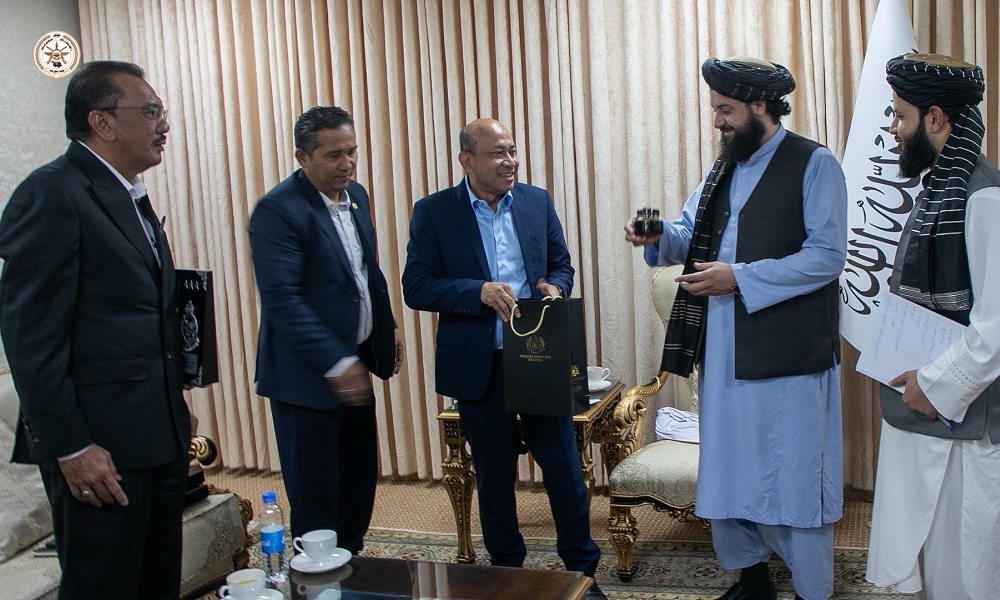
Acting Minister of National Defense Mohammad Yaqub Mujahid has said that no destructive groups including Daesh have physical presence in Afghanistan, adding the Islamic Emirate of Afghanistan (IEA) will not allow anyone to pose threat to any country in the region from the Afghan soil.
Mujahid made the remarks in a meeting with a delegation from Malaysia in Kabul on Thursday.
According to a statement released by the Ministry of Defense, Mujahid highlighted Malaysia’s “good treatment” of Afghan refugees and its long-standing relations with Afghanistan, and said that Malaysia is a powerful Islamic country and visits should increase.
He added that with the establishment of the Islamic Emirate, occupation and war ended in Afghanistan, and the country is fully secure.
Based on the statement, the Malaysian delegation called Afghanistan a friendly country and while emphasizing on comprehensive cooperation, it assured that what they have seen in Afghanistan will be shared with the authorities of their country.
Latest News
EU allocates 17 million euros to support Afghans on the move
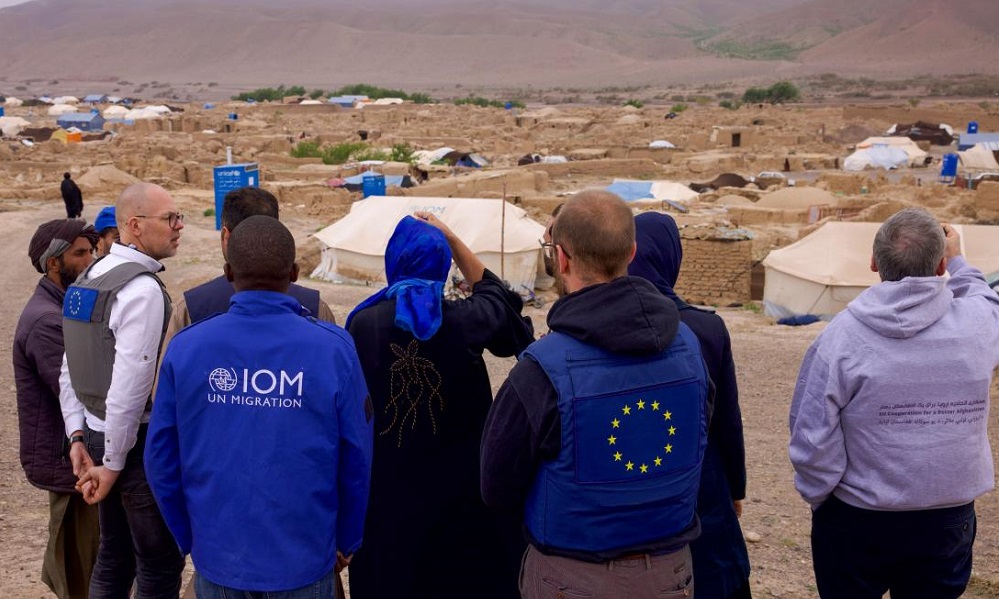
The European Union signed an agreement worth 17 million euros with the International Organization for Migration (IOM) to improve access to basic services, increased economic opportunities and protection for Afghans on the move and their host communities in Afghanistan.
The needs of women and girls are a particular focus of the programme, EU said in a statement released on Thursday.
The statement noted that from January 2023 until April 2024, over 1.5 million Afghans returned from Pakistan and Iran.
“I am deeply moved by the hardship returnees face when being deported to Afghanistan. In a country suffering from poverty and climate change, and in a city that just saw devastating earthquakes, this truly is a crisis within a crisis.”, said Peteris Ustubs, Director for the Middle East, Asia and Pacific of the European Commission’s Department for International Partnerships during the signing ceremony at the IOM transit centre in Herat.
Raffaella Iodice, EU Chargée d’Affaires a.i. to Afghanistan, added “The solidarity of the Afghan people towards their brothers and sisters is an inspiration. We must assure that communities hosting and helping new arrivals are supported. The partnership with IOM ensures access to essential services and provides protection for Afghan returnees and their host communities. As women and girls can be particularly affected, we make sure that all members of society can benefit”.
“IOM’s continued partnership with the EU has been critical in enabling our teams to reach hundreds of thousands of Afghan returnees and other vulnerable communities in the country”, said IOM Afghanistan Chief of Mission, Maria Moita. “Thanks to this renewed commitment, we will be able to focus on addressing the immense challenges in the areas of return and contribute to reintegration, social cohesion, and longer-term solutions for those communities.”
This additional contribution is part of a 5-year programme that is being implemented across Afghanistan and in four countries in the region. It builds on the EU’s previous support to IOM to improve the wellbeing of Afghans forced to return to the country, EU said.
Latest News
Malaysia vows to share its experiences on cyber security with IEA
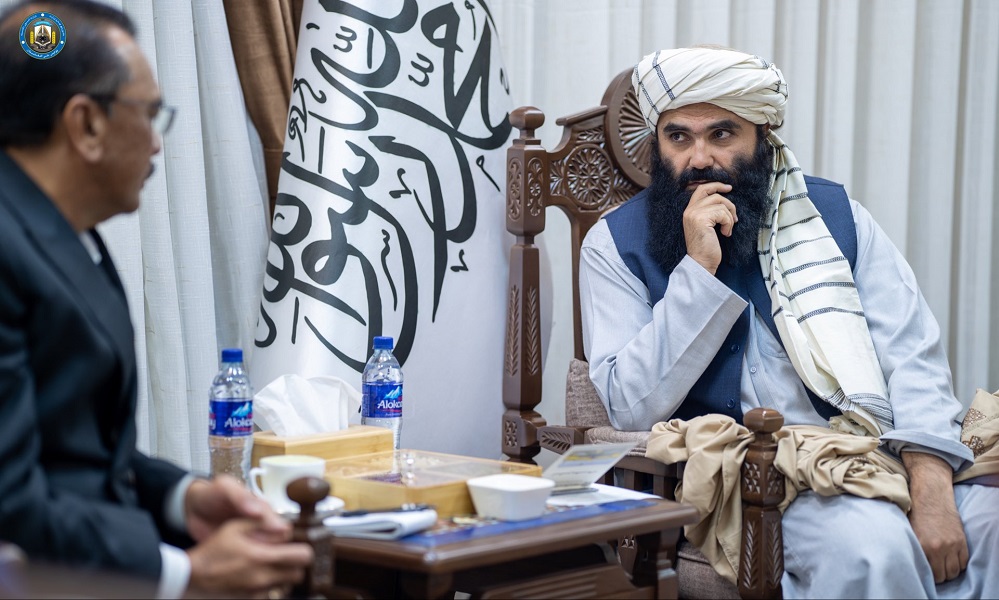
Acting Minister of Interior Affairs Sirajuddin Haqqani has said in a meeting with a delegation from Malaysia in Kabul that Malaysia is an advanced country and that Afghanistan should use is experiences.
According to a statement released by the Interior Ministry, Haqqani, in the meeting on Thursday, emphasized that security is ensured in Afghanistan and unity among Afghans has been restored.
He stated that the Islamic Emirate wants to have close relations and engagement with the world, especially Islamic countries.
The Malaysian delegation consists of representatives of the Ministries of Interior and Defense, and advisers of the Prime Minister’s Office.
According to the statement, a member of the delegation provided information about Malaysia’s capabilities in cyber security and tackling cyber crime, and said that Malaysia will share its experiences in this field with the Islamic Emirate.
In the meeting, the two sides also discussed the fight against drugs, police training, bilateral cooperation and exchange of experiences between Malaysia and Afghanistan.
-

 Latest News3 days ago
Latest News3 days agoRashid Khan named AWCC’s brand ambassador
-
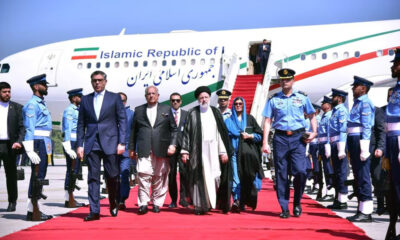
 Regional4 days ago
Regional4 days agoIranian president lands in Pakistan for three-day visit to mend ties
-

 Climate Change5 days ago
Climate Change5 days agoMassive river flooding expected in China, threatening millions
-

 Sport4 days ago
Sport4 days agoKolkata beat Bengaluru by one run in IPL as Kohli fumes at dismissal
-

 Sport4 days ago
Sport4 days agoACL: Aino Mina 3-0 Istiqlal Kabul; Attack Energy 3-0 Khadim
-
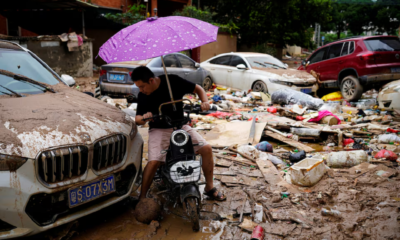
 Climate Change4 days ago
Climate Change4 days agoRescuers race to reach those trapped by floods in China’s Guangdong
-

 Business5 days ago
Business5 days agoAfghanistan, Kazakhstan to hold joint expo in Kabul
-
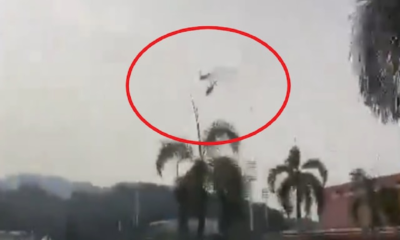
 World3 days ago
World3 days agoMalaysian navy helicopters collide in mid-air, 10 killed






